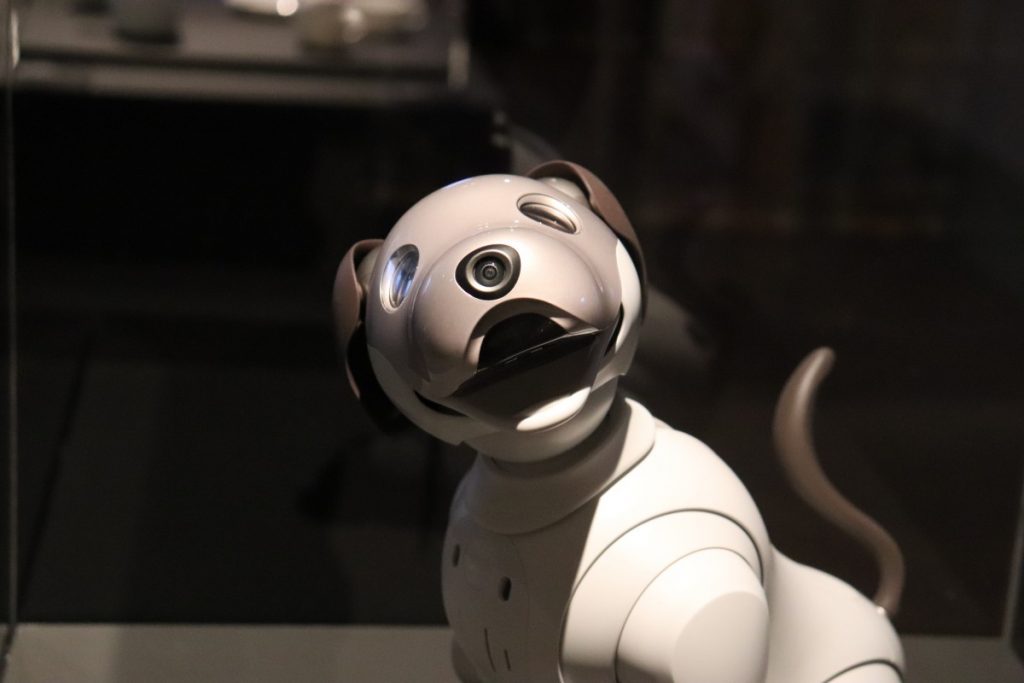An industrial design professor and her graduate class have developed adorable and lifelike robotic pets, designed to help care for older people.
DOGS AND CATS are long-treasured household pets, making their way as an undeniable members of the family across households and cultures. Aside from the joy they bring to families’ lives, numerous studies show that owning pets makes owners much happier and improves their health, along with helping decrease blood pressure and cholesterol levels. Owning Fido or Whiskers is a great idea for the elderly. But in some care homes and other places, sadly, residents aren’t allowed to have pets. But there could be a solution to this.

Enter Claudia Rebola, of the University of Cincinnati. She is an expert on inclusive design and technology for the elderly. Rebola assembled a bunch of graduate students plus some boffins from the Engineering and Applied Science department. With her team, she set out to improve an existing line of robotic dogs. By giving them a more lifelike appearance and adding more senior-friendly features. These features include the ability to check one’s vital signs, and other expanded capabilities that allow these robotic pets to care for their elderly owners.
Begining of the Project
The project started in 2017 when Rebola won a grant for a project called ARIES (Affordable Robotic Intelligence for Elderly Support). With researchers, a hospital, and industry partner Hasbro, a toymaker, she began the project. The team received a $1.3-million grant to re-envision Hasbro’s Joy For All Companion Pets. Now owned by Ageless Innovation, a company composed of former Hasbro executives.
Rebola and her team are planning to redesign these pets in appearance and in function. Based on feedback from pilot studies and focus groups with senior living residents and caregivers in retirement communities. Some features in the works include detecting and preventing falls, providing psychosocial support, and enabling reminders.
Some of their feedback has already led to significant developments. Users wanted more realistic features, from its fur to its movements. Rebola and her team modelled the new prototype after the Yorkshire terrier, replacing the cartoonish, stuffed-animal design of its predecessor. The team also sourced high-quality faux fur to mimic actual fur, making the robot more pettable. They redesigned its body for more fluid and flexible movements.
Rebola’s team hopes to have a product ready for market next year. So let’s watch this space! ■
To know more about elderly life in Australia, click here, https://sunkissmedia.com/silvermagazine/border-crossing-adventures/.

Editor for Silver Magazine Gold Coast

